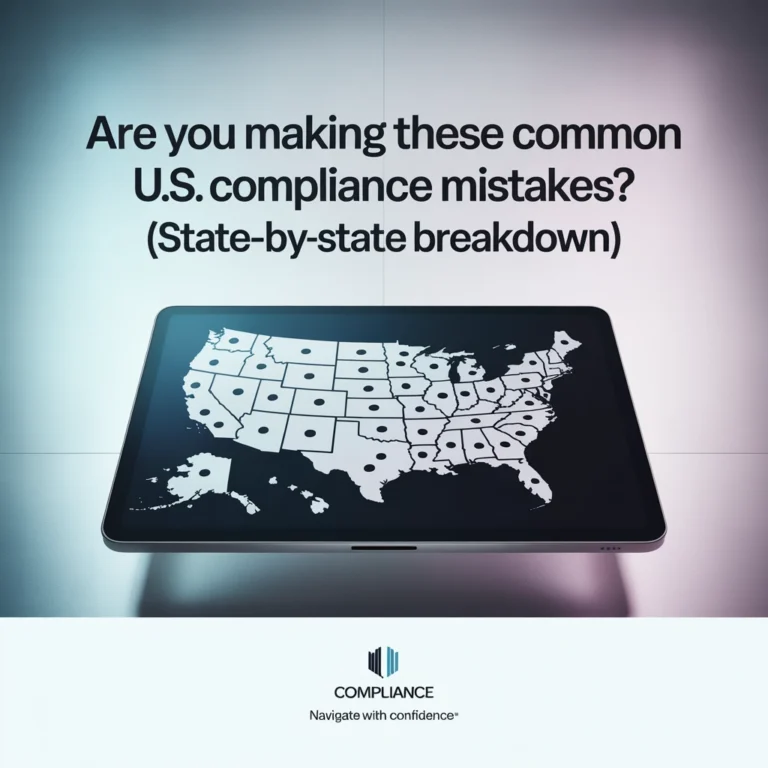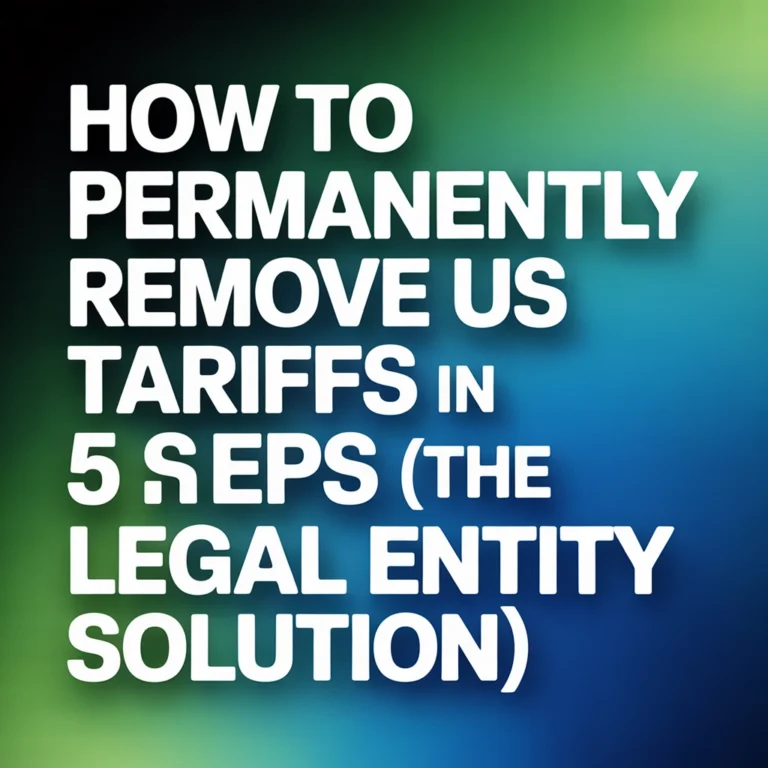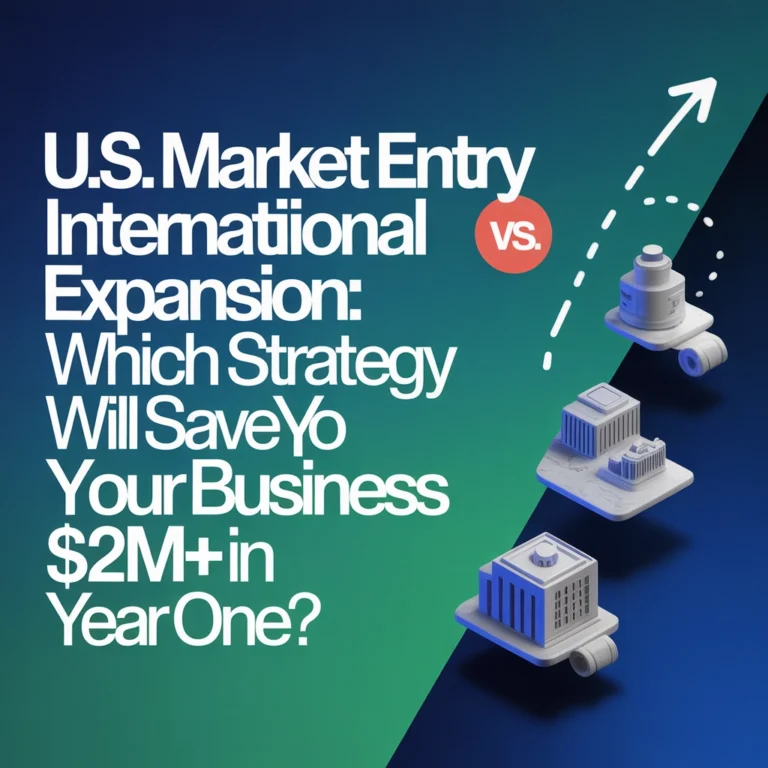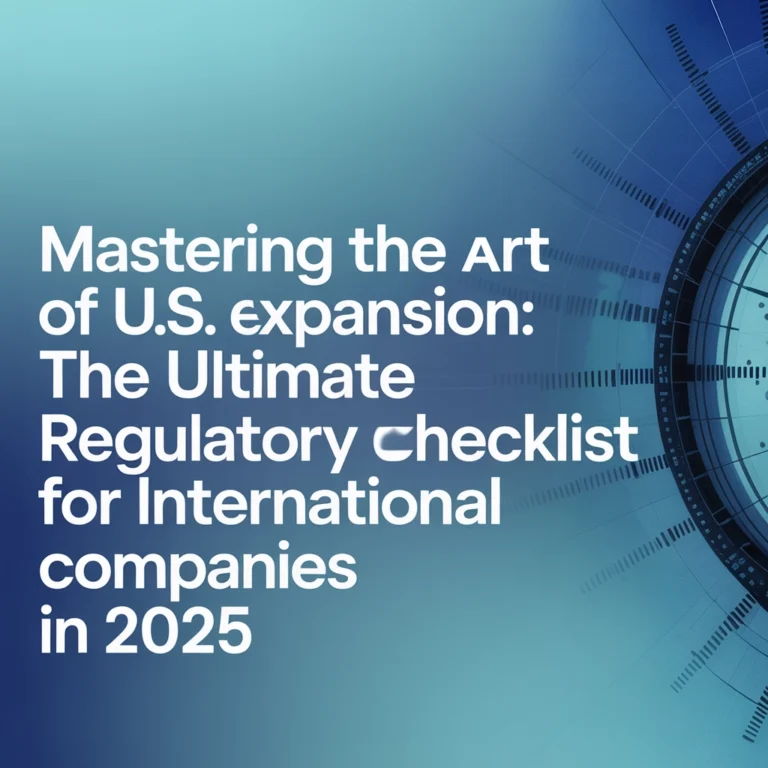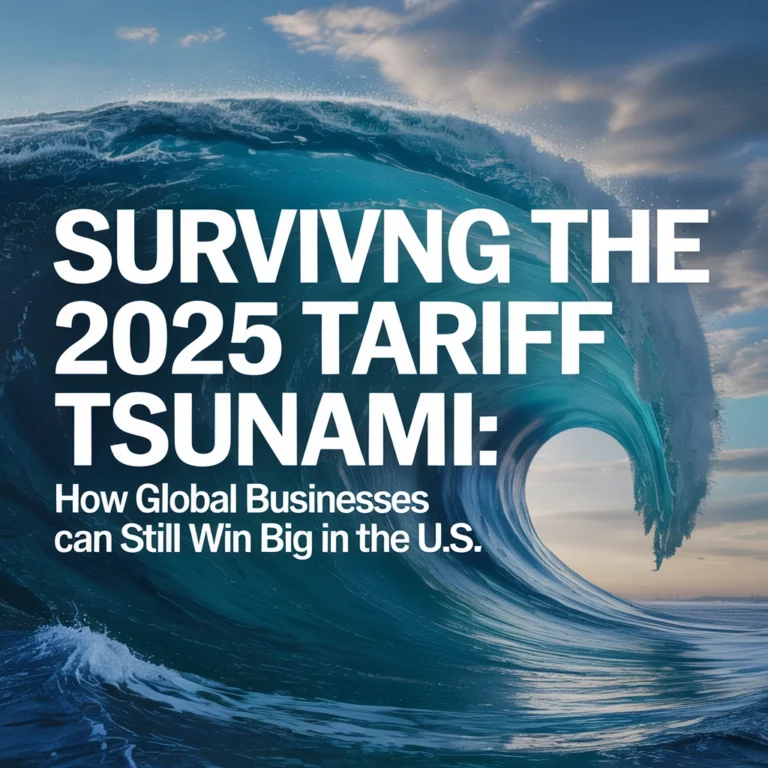Unlocking the U.S. Market: How International Businesses Can Bypass Tariffs and Accelerate Growth

International businesses face unprecedented challenges entering the U.S. market today. With tariffs constantly shifting and regulatory compliance becoming more layered, breaking into America is no longer just about having the best product or service—it’s about knowing how to play the game. Let’s explore how to bypass tariffs and kickstart real, sustainable growth as you build your brand in the States.
Understanding the Tariff Challenge
Tariffs are no longer background noise. They can flip your business model on its head overnight, potentially making your offering too expensive or eroding razor-thin margins. Every international business—manufacturers, distributors, or service providers—must integrate tariffs and related uncertainty directly into their planning.
But tariffs aren’t doomsday signals. They’re a call for smarter strategy.
Who feels it most?
Companies highly exposed to the U.S. (think Canadian, Mexican, or Chinese exporters) have fewer options to reroute goods and services elsewhere. Even businesses with only moderate U.S. sales might need to reconsider their positions as tariffs upend category pricing, supply chain logistics, and ultimately, the decision-making of potential customers.
The nature of competition matters too. If all competitors are international and hit by similar tariffs, prices can rise industry-wide. But when you’re up against domestic players, eating the cost may be necessary just to stay relevant.

Strategic Market Entry Approaches
Cracking the American market takes strategy, not just persistence. Getting a “foot in the door” often means navigating legal hoops, competitive headwinds, and customer expectations unlike those in any other region.
1. Market Validation and Research
Market research is your secret weapon. It’s much more than sizing up the competition or guessing at market size. It means truly understanding your ideal customer, their buying triggers, the American quirks in your category, and who you’ll be up against. For B2B especially, diving deep is essential—buyer personas, trends, and growth trajectories all matter.
2. Building the Local Network
Local partnerships unlock doors you didn’t even know were closed. Whether it’s joint ventures, distributorships, or strategic alliances, a boots-on-the-ground partner supports regulatory compliance, provides market introductions, and helps you skirt cultural missteps. Choose wisely: these partners serve as your guide in an unfamiliar landscape.
3. Market Entry Models: Know Your Options
- Direct Exporting: Keep control but absorb most of the risk.
- Strategic Partnerships: Rapid market access, but with shared oversight.
- Joint Ventures or Acquisitions: Maximum market presence, maximum complexity.
Every option comes with trade-offs around control, investment size, speed of entry, and regulatory exposure.
Tariff Mitigation Strategies
Once you’ve decided to go after the American market, build proactive plans to reduce the toll of tariffs on your path to growth.
Diversify Your Supply Chain
Resilience is the name of the game. Restructure your supply and value chains to avoid tariff hotspots. Some companies shift manufacturing to third countries, while others source components locally or create new logistics pathways to minimize exposure.
Optimize Product Positioning
Brands matter—especially when tariffs crunch the bottom line. Consumers are less likely to abandon brands they trust when prices rise, so invest in loyalty-building, differentiated features, and unique selling propositions that stand up to commoditization.
Luxury products and tech-driven goods, for example, typically weather tariff storms better than undifferentiated, low-cost alternatives.
Smarter Market Segmentation
Map out adjacent categories and substitution risks. When tariffs drive prices up, will customers really switch to something cheaper? Or is demand less elastic? Knowing this affects pricing, inventory planning, and marketing strategy.

Embrace Duty Drawback, FTZs, and Re-Exports
Explore U.S. customs programs that refund certain duties or allow importers to avoid tariffs via Foreign Trade Zones (FTZs), re-exports, or proper HS code classification. These options, when utilized expertly, can shave significant costs and maintain price competitiveness.
Accelerating Growth Once You’re In
Getting into America is a start—growing here is where the real work begins. Market entry is a marathon, not a sprint.
Regional Presence = Real Results
The U.S. isn’t a monolith. From the Northeast to the Pacific, customer expectations, regulations, and market opportunities vary wildly. Develop a localized footprint, with operations and leadership embedded in key regions for deeper insight and agile execution.
Invest in Marketing and Sales Infrastructure
Your entry playbook should account for the unique length and complexity of the U.S. sales cycle. Building a recognizable, trustworthy brand isn’t cheap or fast. Plan for the budget and time it takes to seed long-term relationships, gain media exposure, and nurture sales teams who know how to sell in the American context.
Deep-Dive Competitive Intelligence
Don’t just identify who the competition is—tear apart how they win business. What customer pain points do they solve? What vulnerabilities can you target? Are there gaps in their go-to-market strategies you can exploit with smarter digital or partner-driven initiatives?
Build Customer Loyalty from Day One
In a crowded market, service and relationships are as important as features and price. American customers expect results—but they also value responsiveness, customization, and follow-through. Embed these values in your sales and support functions from the outset.

Implementation: Turning Plans into Profitable Reality
Here’s the cold, hard truth: Most international companies never realize meaningful American growth. The usual failures? Rushing in without objective validation, skimping on marketing localization, neglecting compliance risks, and underestimating the scale of what’s required.
- Work with U.S. market entry specialists who know the regulatory thicket and cultural nuances.
- Set clear, realistic internal goals. Break your mission into milestones, and measure everything.
- Don’t underestimate the timeline. U.S. business development could take 18, 24, or even 36 months to ramp.
- Over-communicate with all stakeholders. Keep HQ, local teams, and investors aligned throughout the process.
Ready to Thrive in the U.S. Market?
Breaking into America is tougher than ever, but the payoff is real. Companies that blend deep research, clear partnerships, dynamic supply chain tactics, and localized strategy will not only dodge the tariff trap—they’ll set themselves up for explosive, sustainable growth.
If you want to talk specifics or see how USLaunch helps businesses like yours break down barriers and build lasting U.S. success, let’s connect: USLaunch Consulting.
Want more tips or case studies about winning in the American market? We’re just a conversation away.

